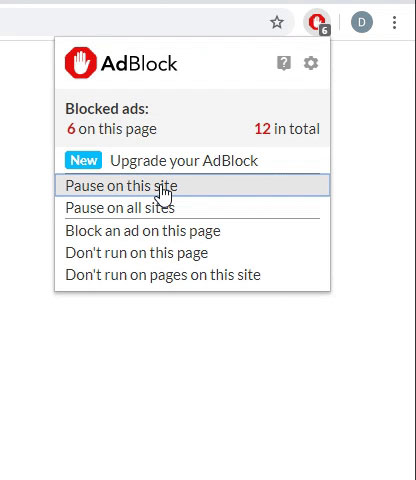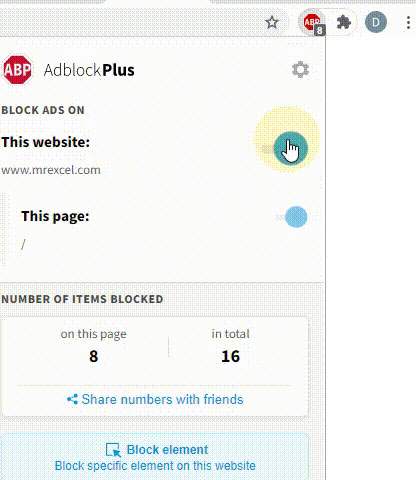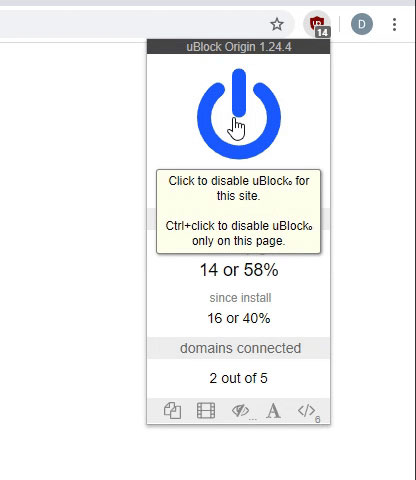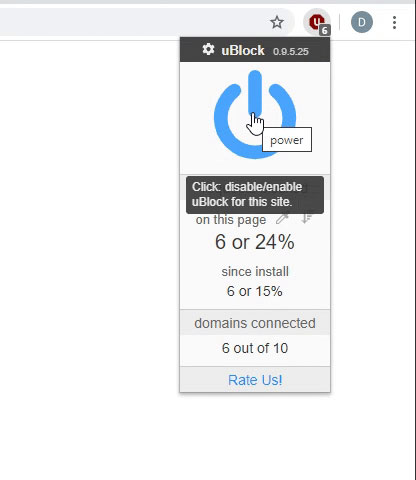I carry out the following actions many times, is there some code I can use to speed up the process? I’m essentially importing data from a .csv file that is located in my Downloads folder - it’s a different file every time but I’m going through the same process, as follows:
Hopefully this makes sense, any help much appreciated.
- Select 'Data' then 'From Text'
- I then select a .csv file from the folder located at 'C:\Users\Peter\Downloads' and select ‘Import’ (I need to select the file manually)
- Then select ‘Delimited’ and ‘65001 : Unicode (UTF-8)’, then ‘Next’
- Then select ‘Comma’ and ‘Next’
- The ‘Finish’ and ‘=$A$1’
Hopefully this makes sense, any help much appreciated.





